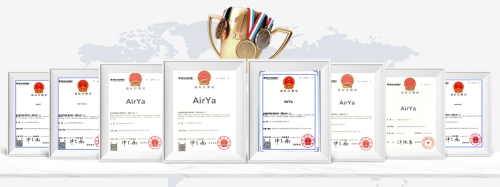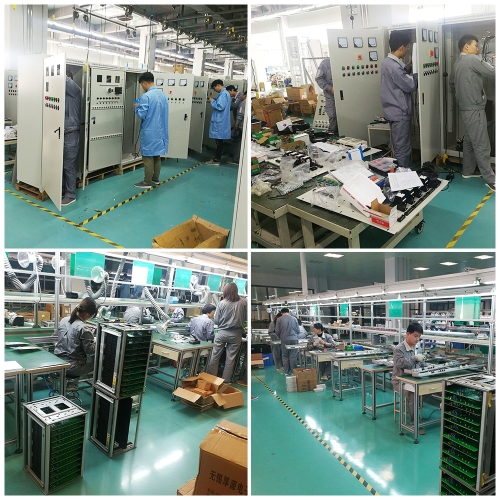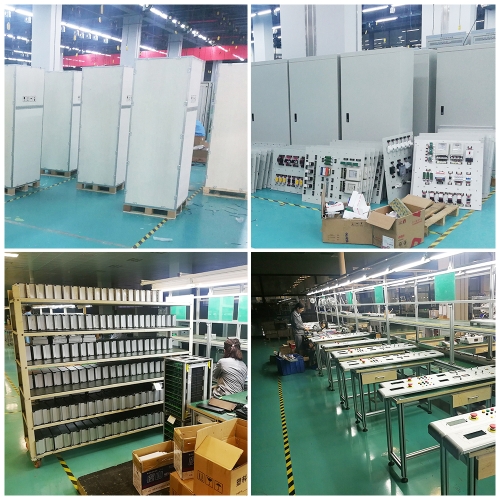AFT053 Fundamentals Of Temperature Measurement Educational Vocational Training Equipment Thermal Transfer Teaching Equipment
Description
Recording temperature is one of the basic tasks in metrology. Electric temperature sensors are the most widely used in automation applications but conventional thermometer types are still widely applied in many areas. Experimental setup covers the full range of temperature measurement methods. As well as non-electrical measuring methods, such as gas- and liquid-filled thermometers and bimetallic thermometers, all typical electric measuring methods are covered in the experiments.

The electrically measured temperatures are displayed directly on programmable digital displays. A temperature-proportionate output voltage signal (0…10V) is accessible from lab jacks, enabling temperature characteristics to be recorded with, for example, a plotter. For measuring the relative air humidity a psychrometer with two thermometers is available, one of the thermometers measures the dry bulb. The wet bulb thermometer is covered in a wet cotton cloth and measures the evaporative cooling. The temperature difference allows the relative air humidity to be determined.

Specification
1.experiments in the fundamentals of temperature measurement with 7 typical measuring devices
2.various heat sources or storage units: laboratory heater, immersion heater, vacuum flask
3.calibration units: precision resistors and digital multimeter
4.liquid, bimetallic and gas pressure thermometers
5.temperature sensors: Pt100, thermocouple type K, thermistor (NTC)
6.various temperature measuring strips
7.psychrometer for humidity measurement
8.tool case for sensors, cables, measuring strips and immersion heater



